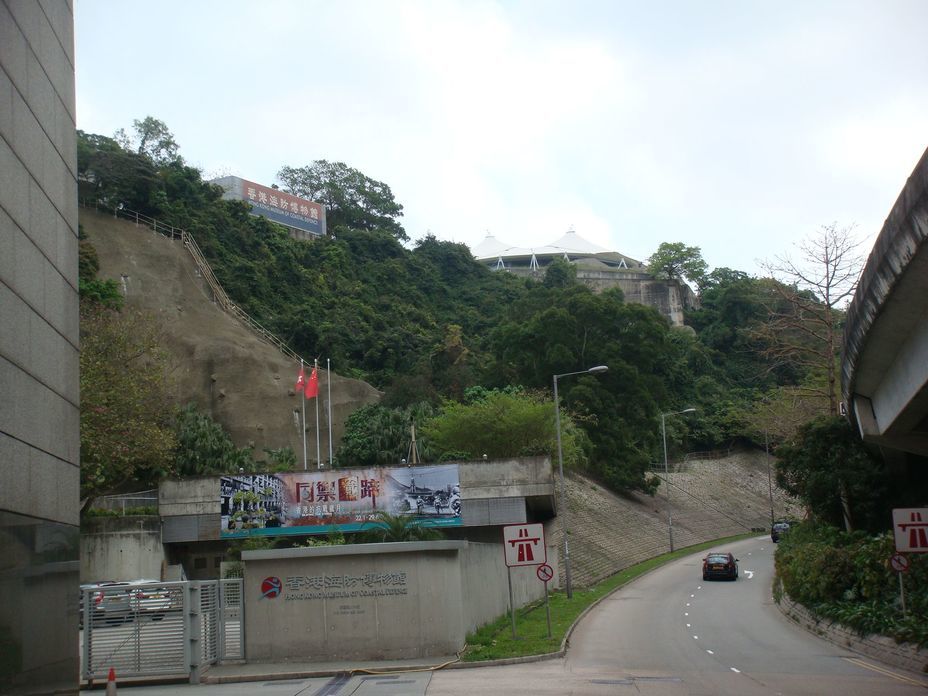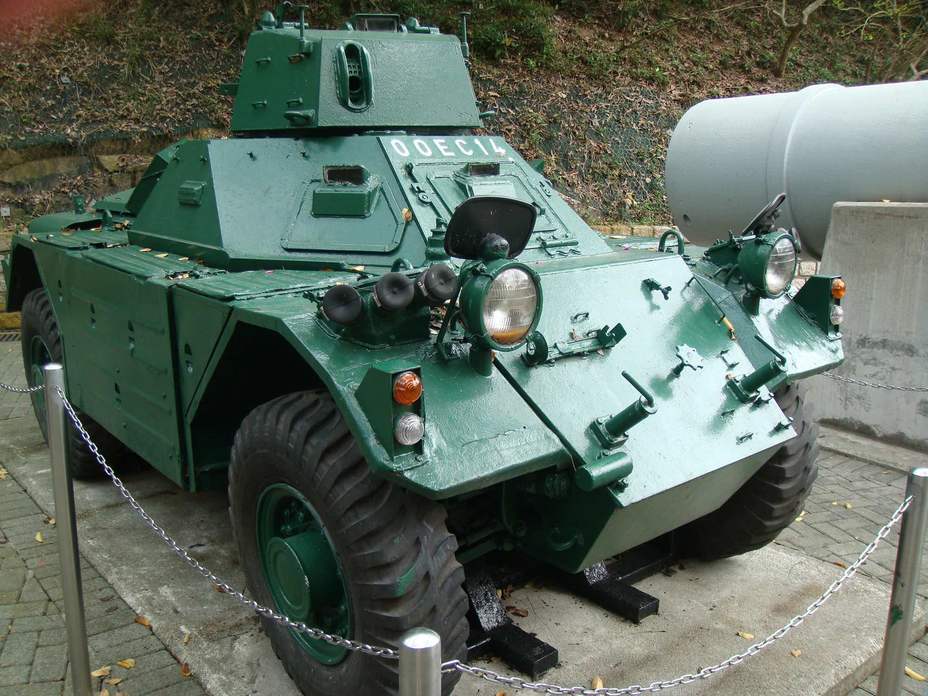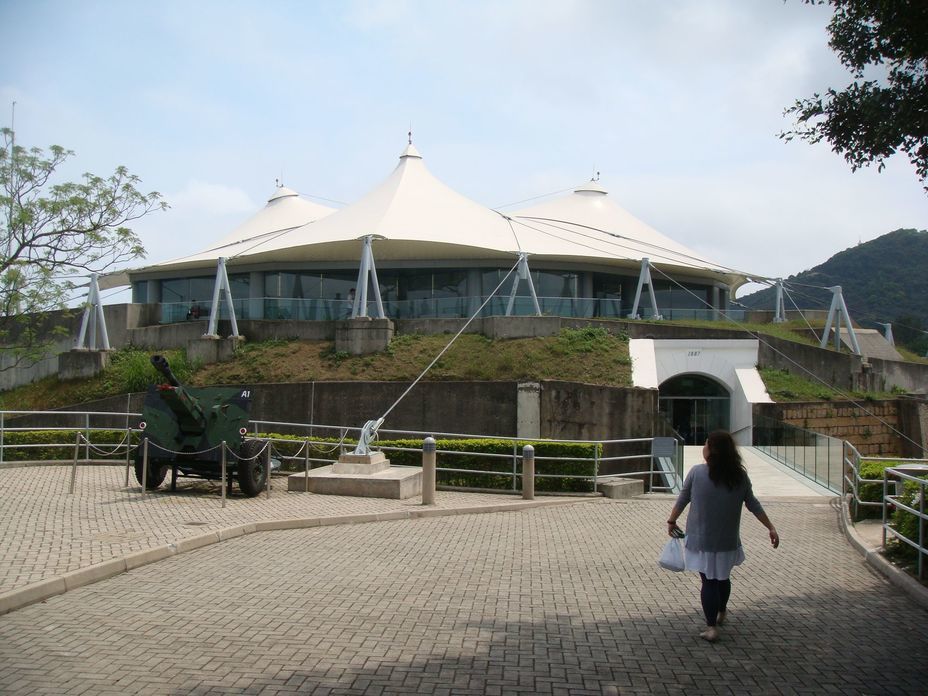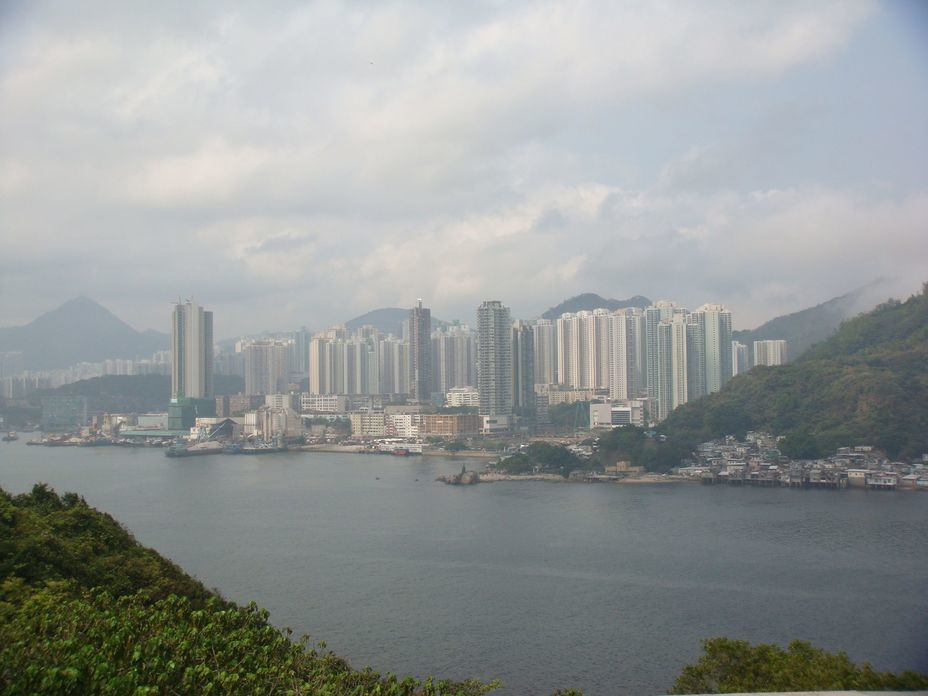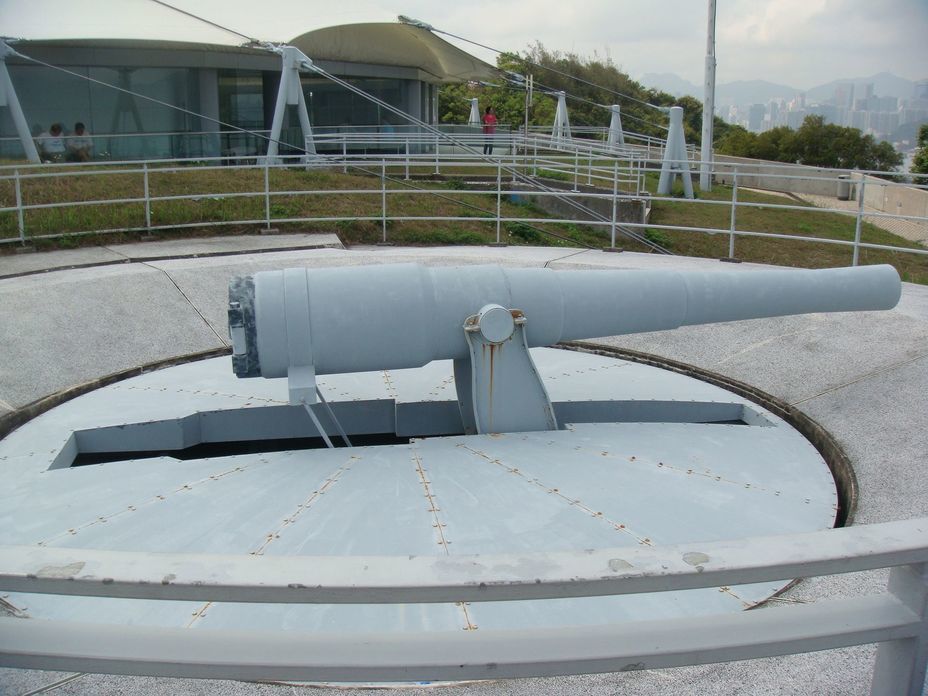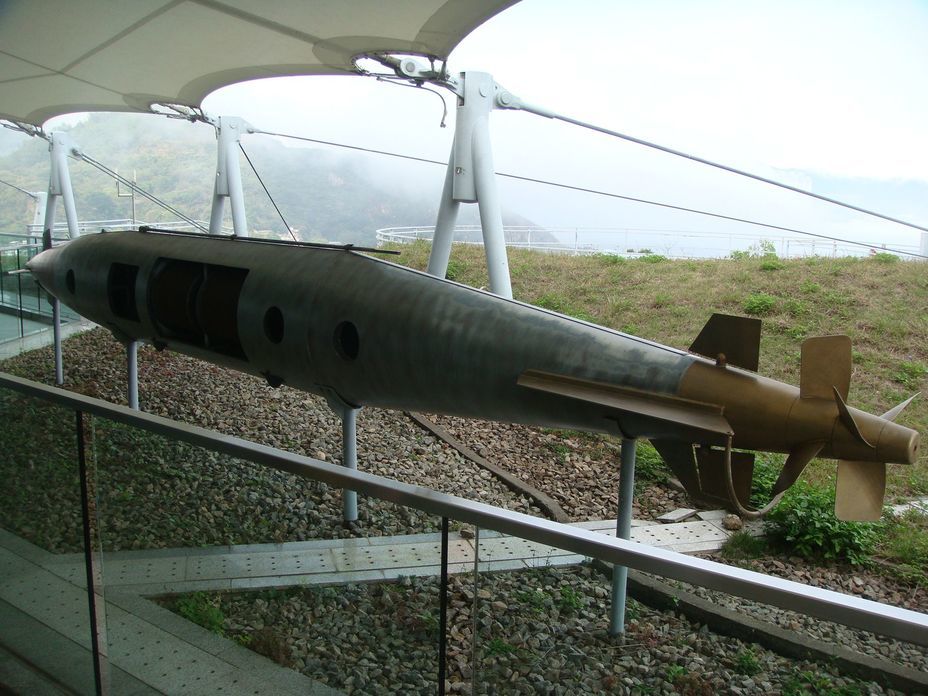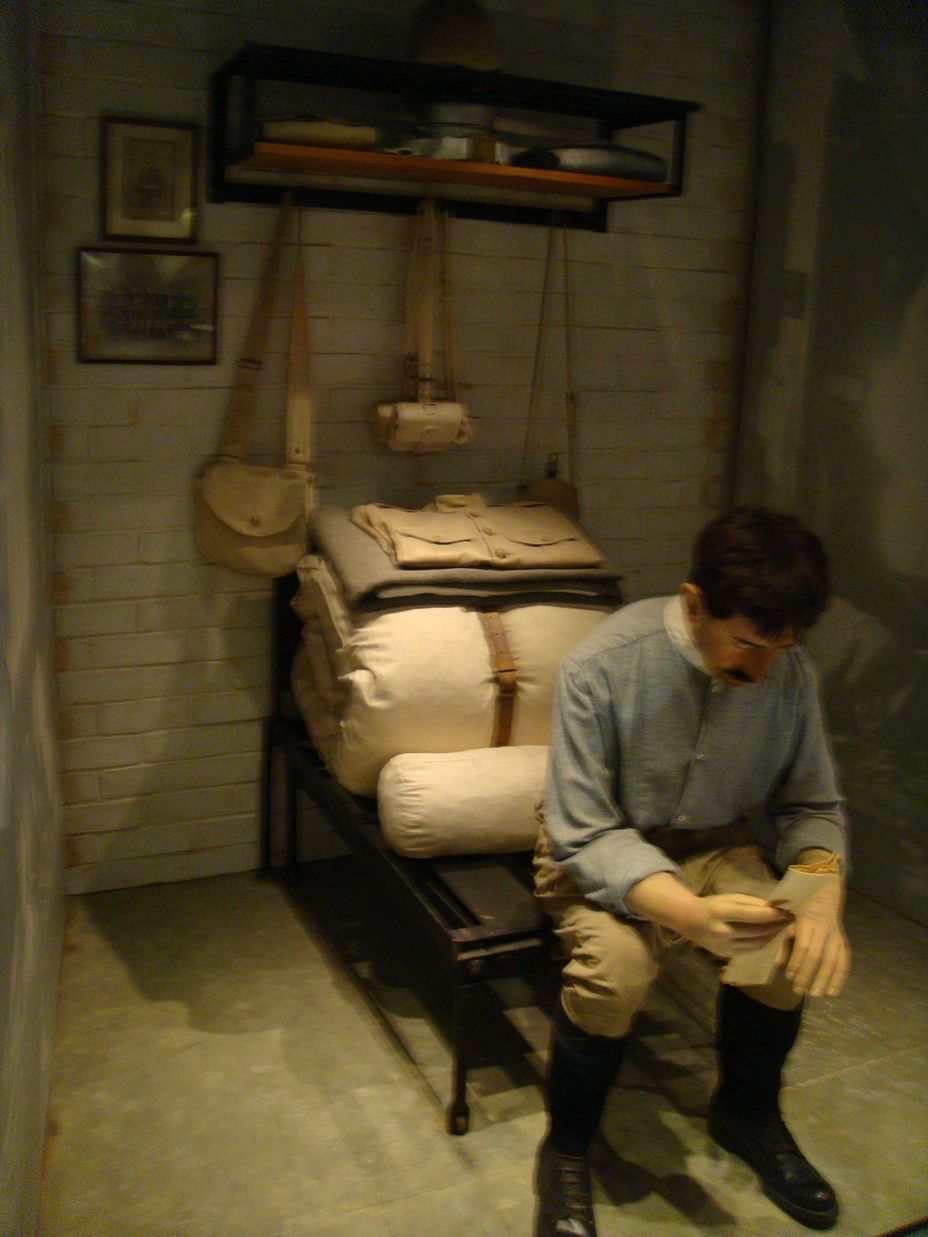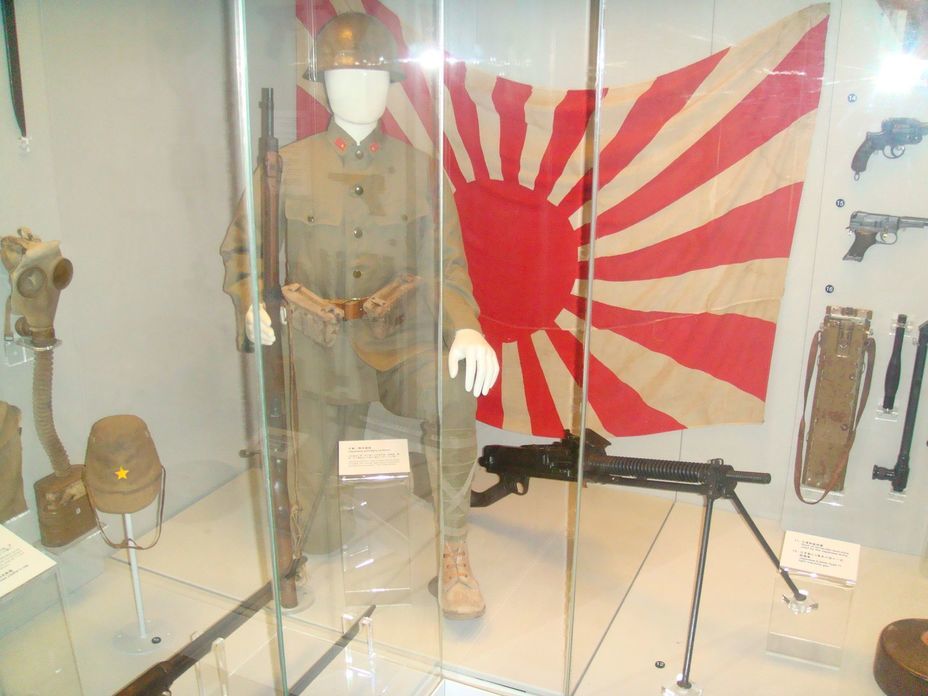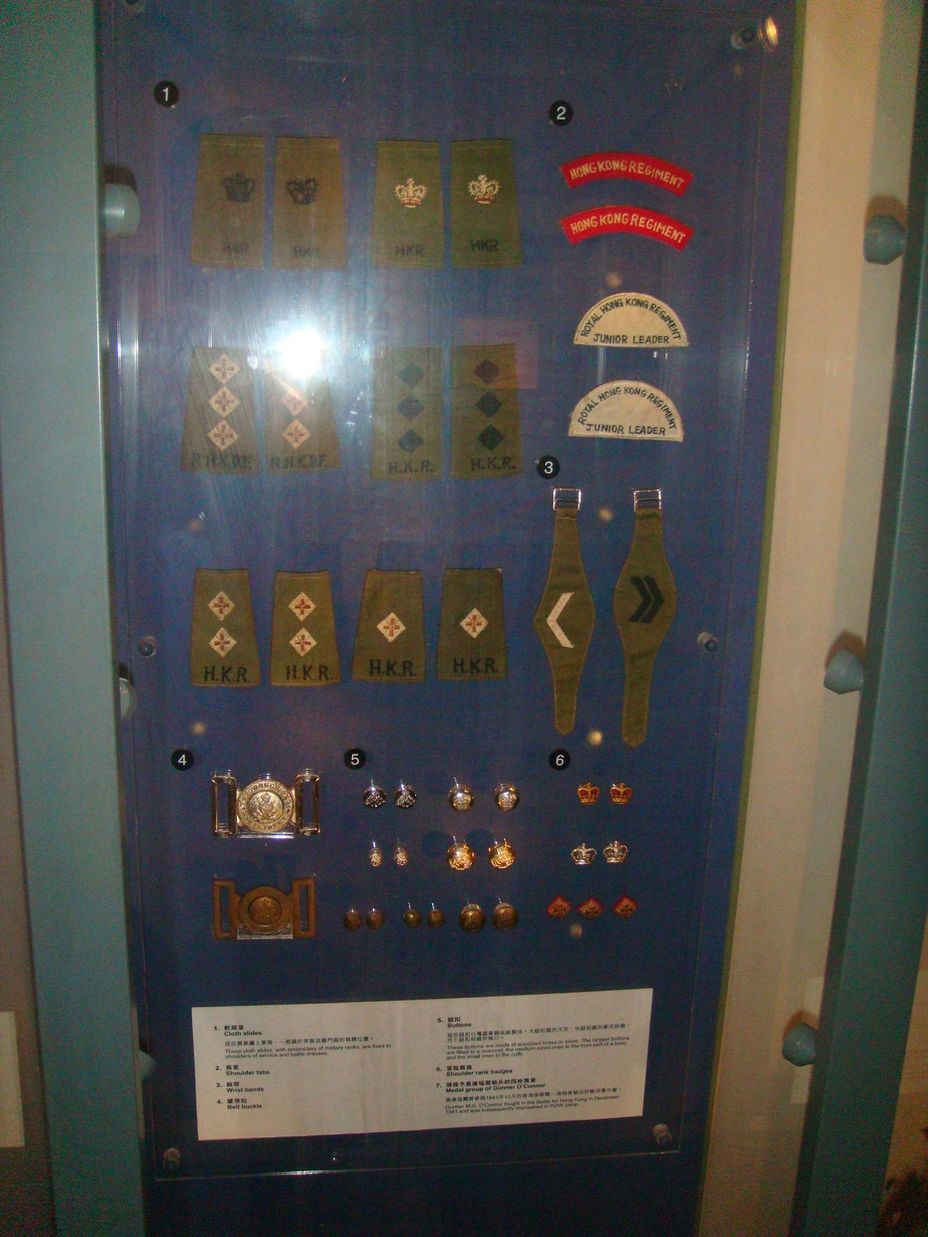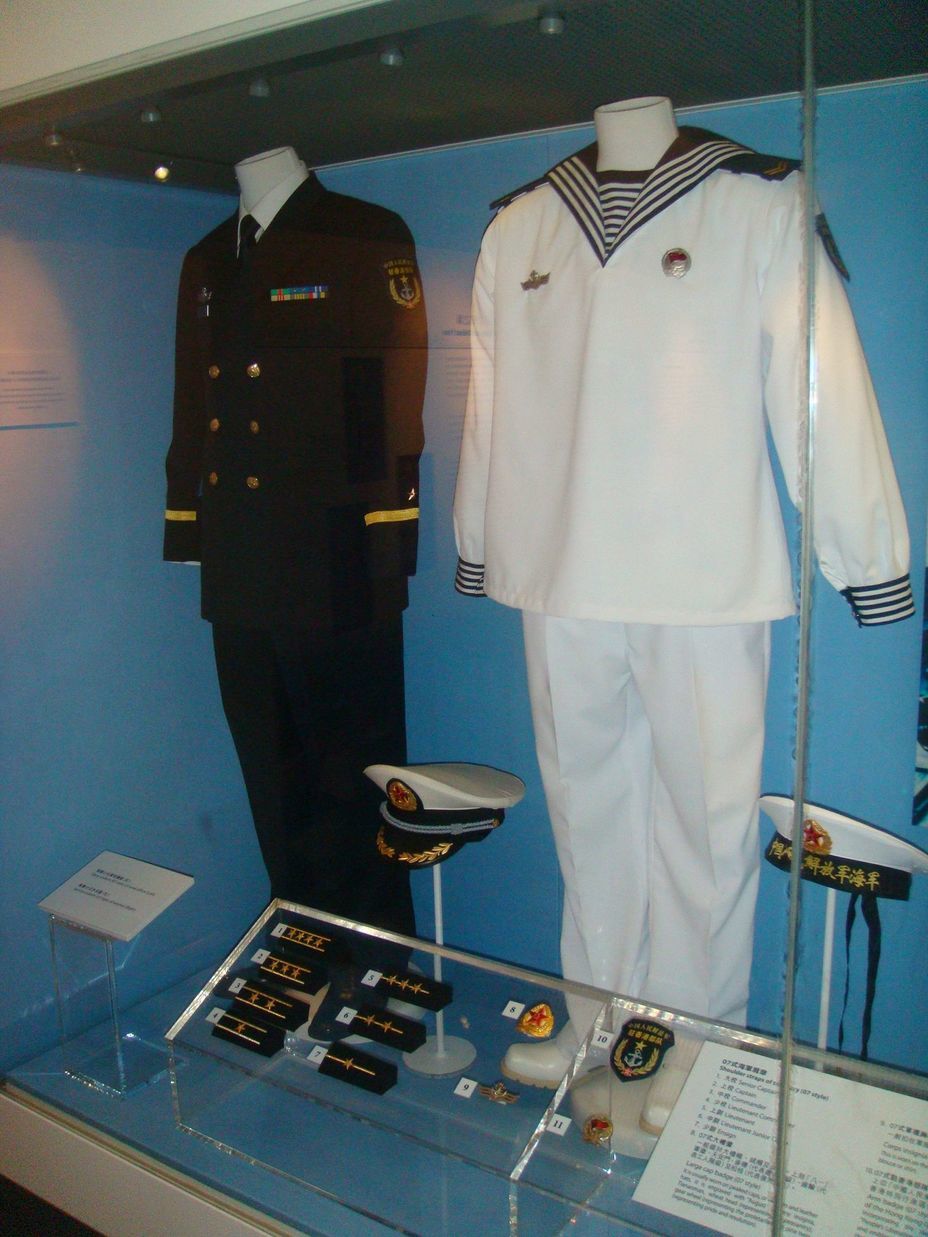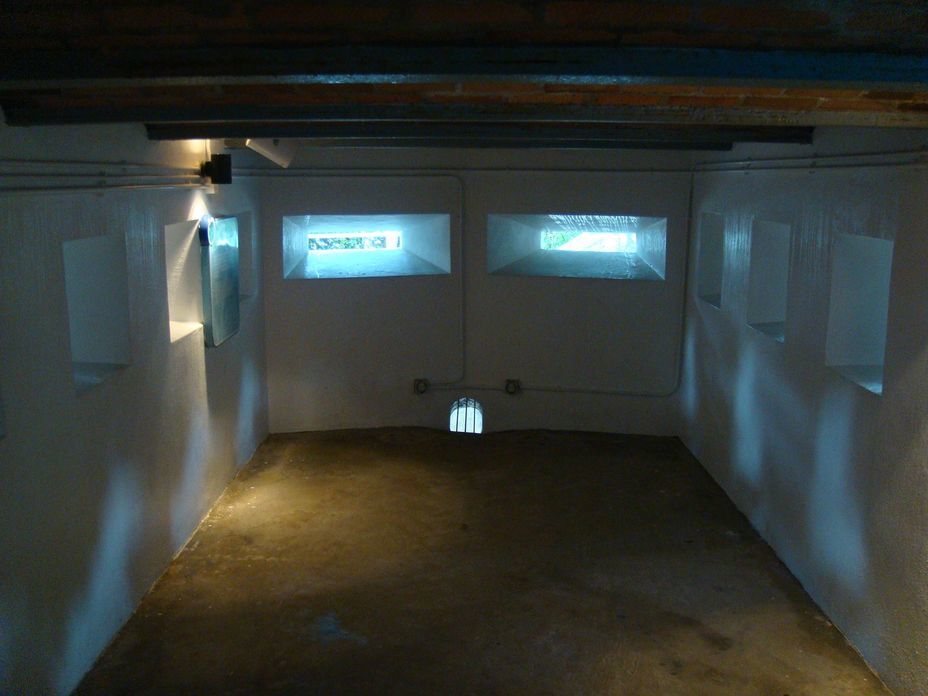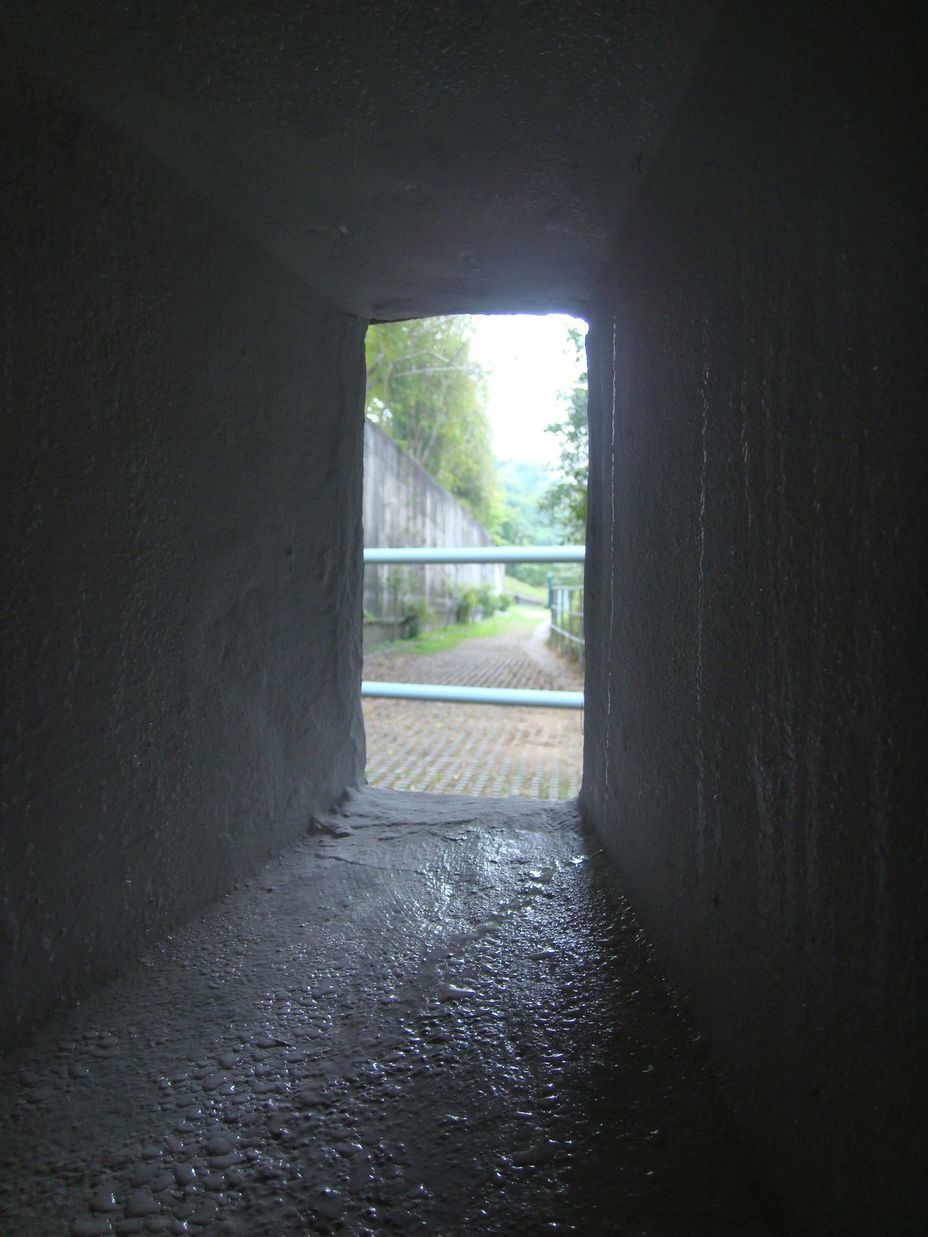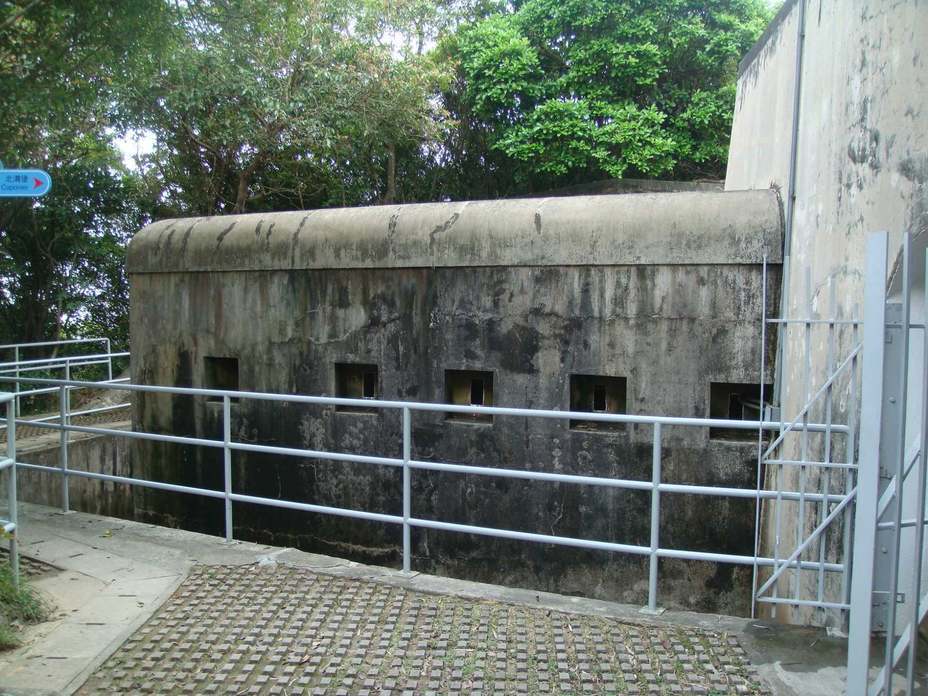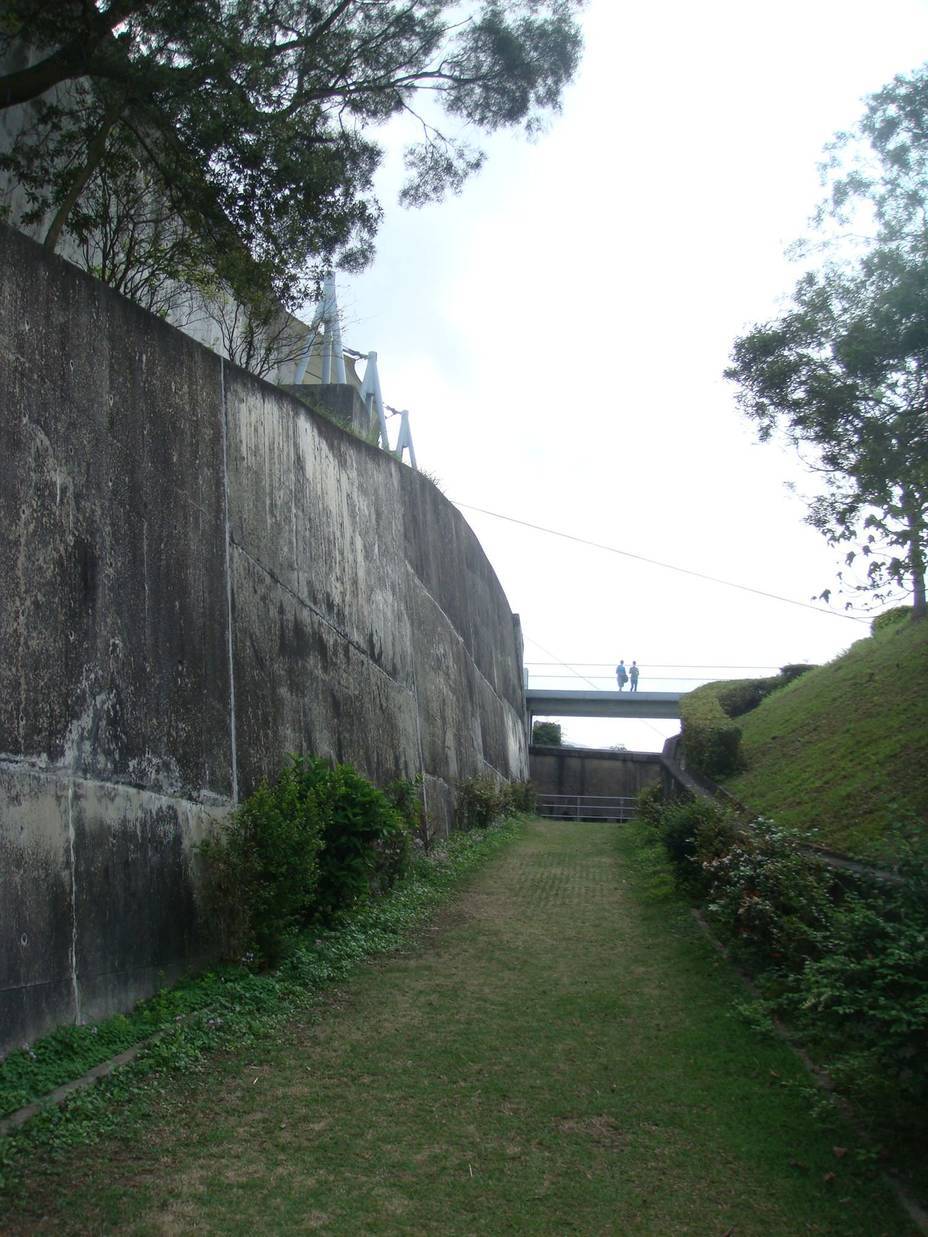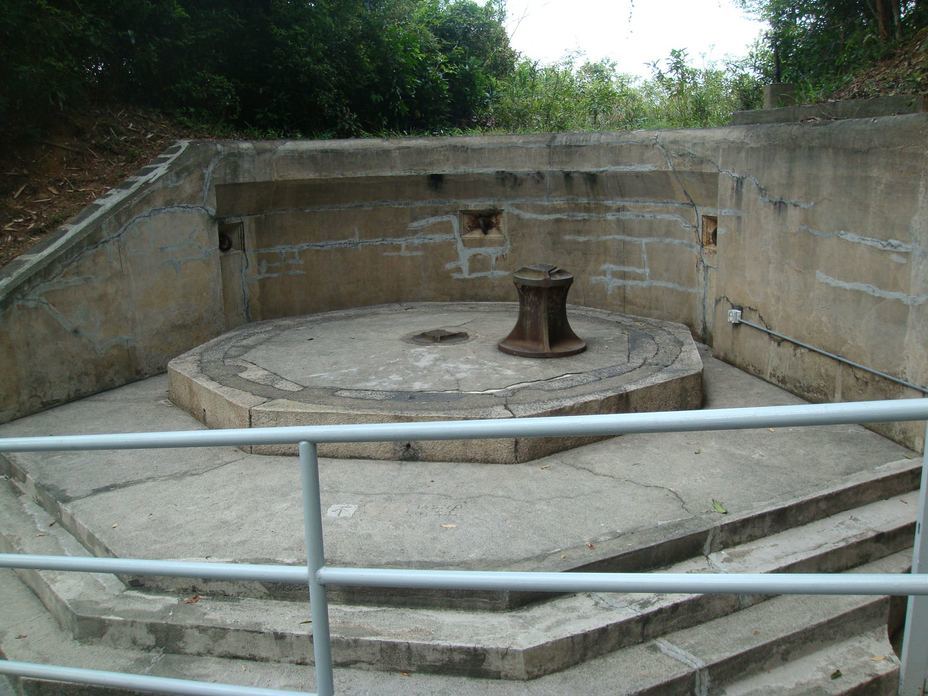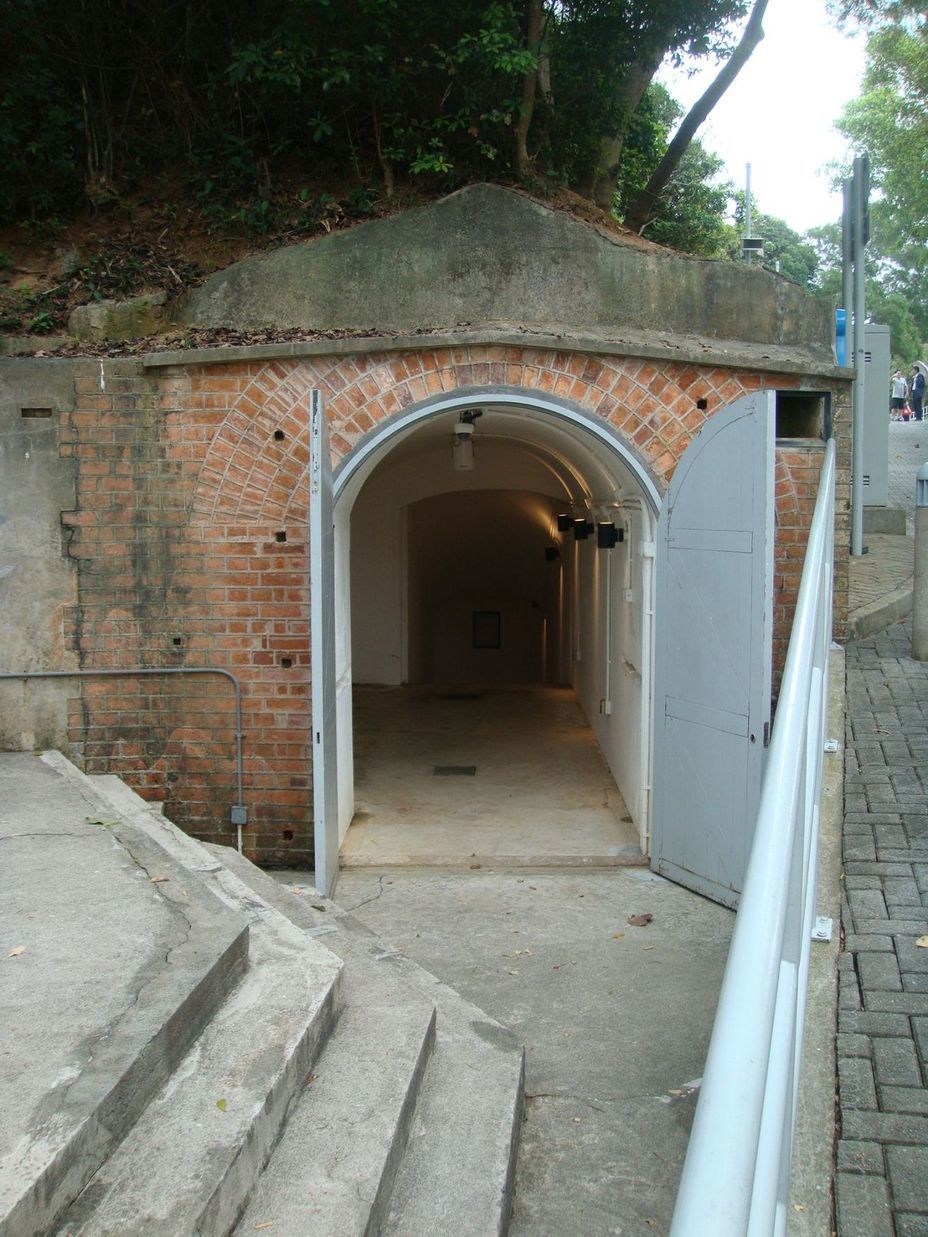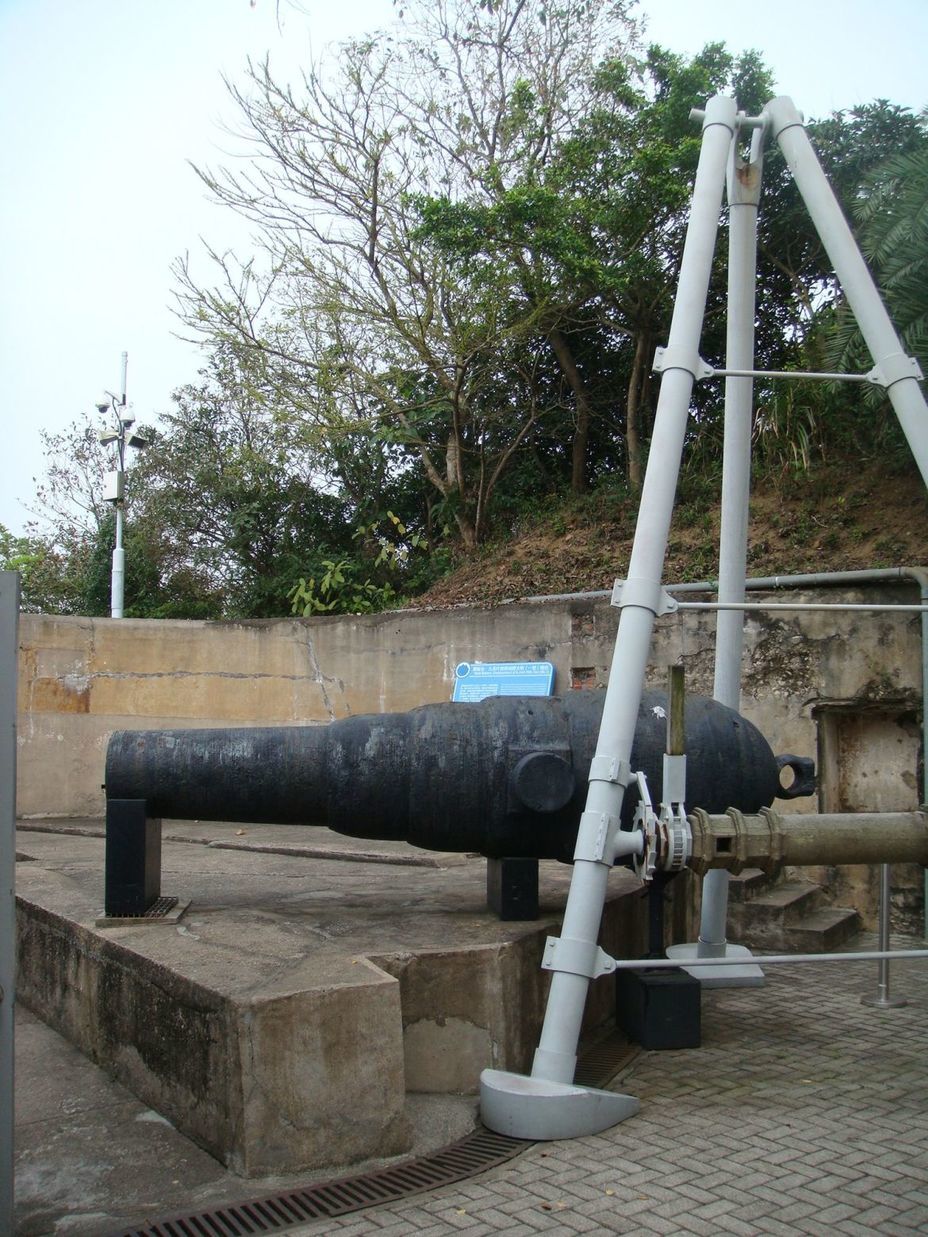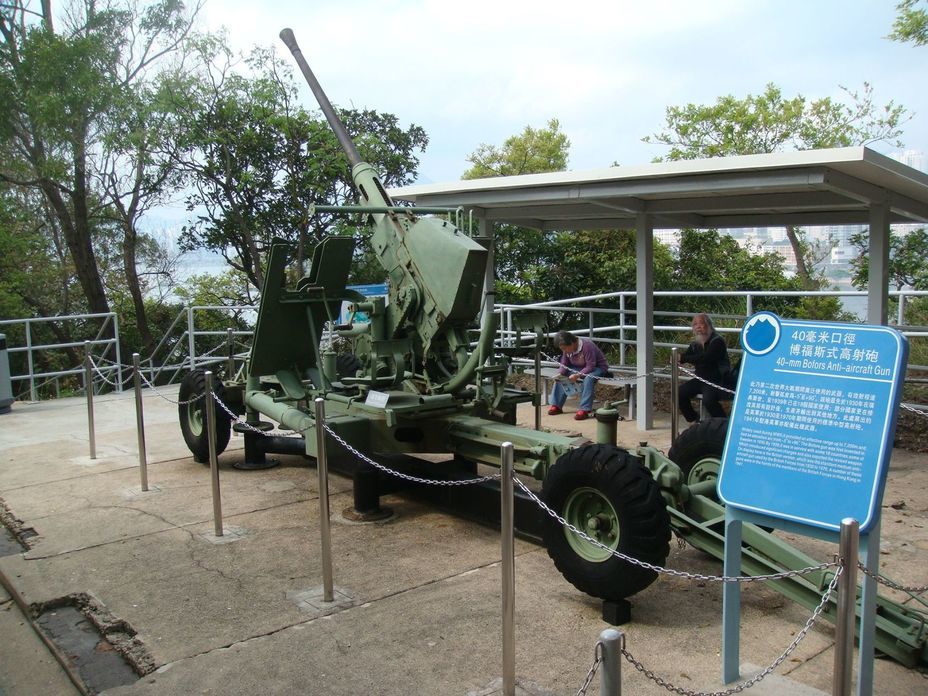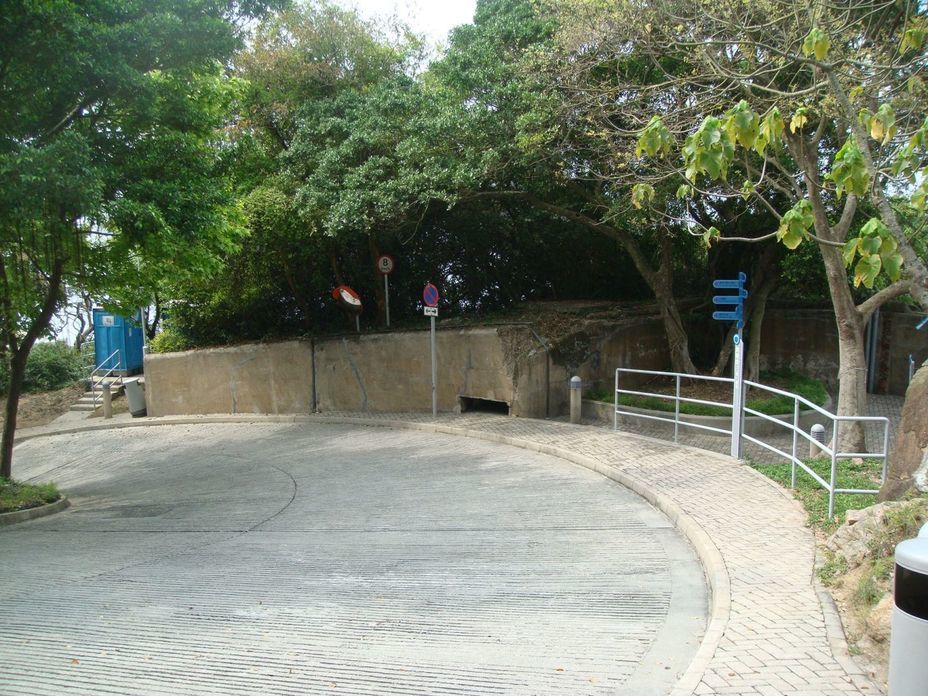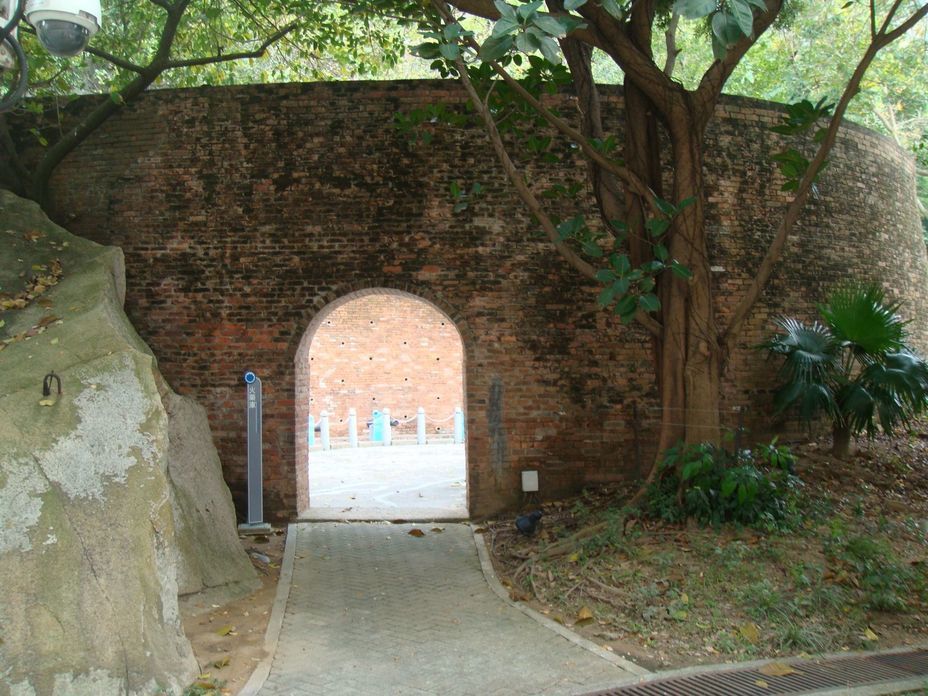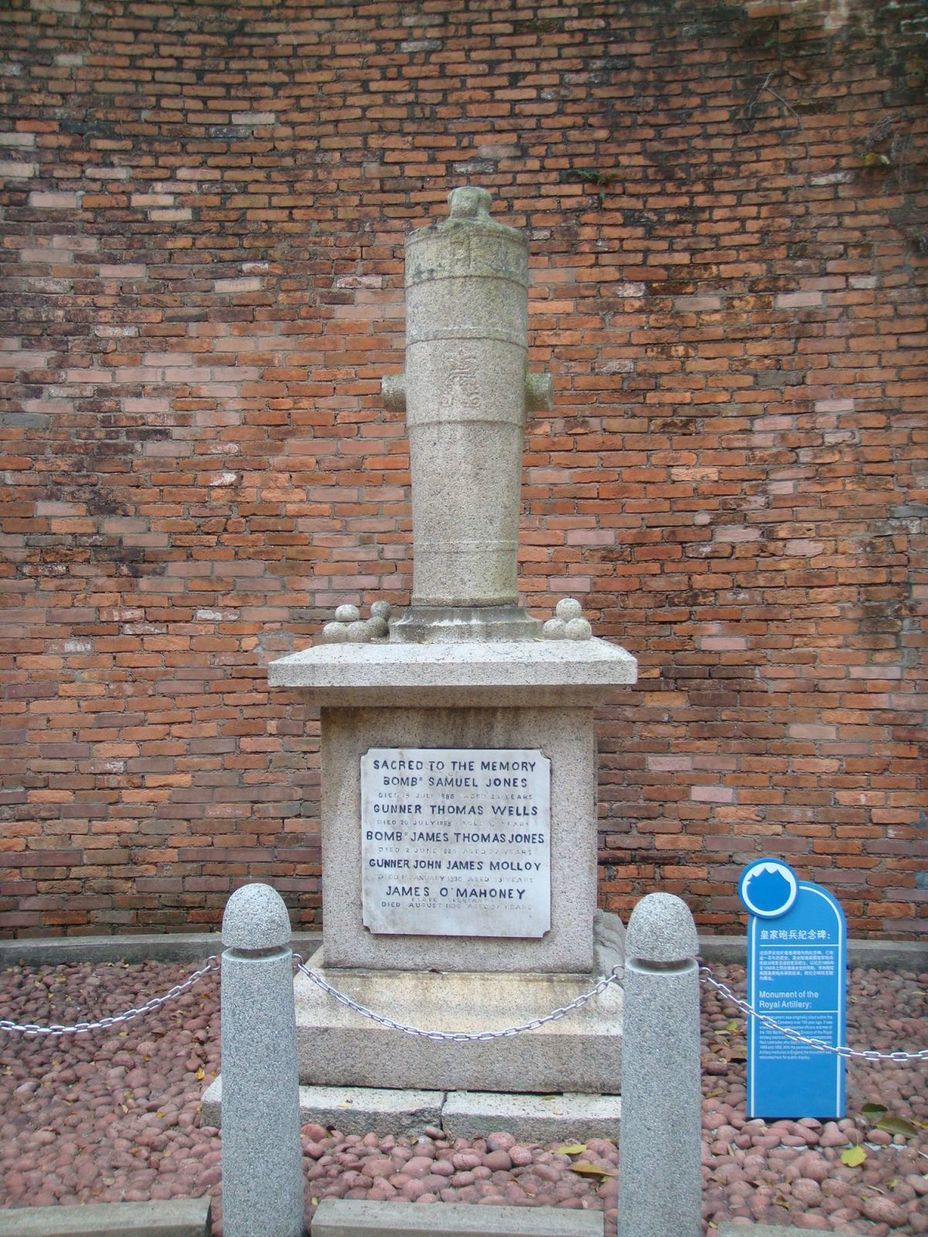Most tourists associate Hong Kong with anything, but military history. Nevertheless, since at least the XIV century, this place has witnessed the struggle of the Chinese Empire against pirates, and in the XIX century Hong Kong became an outpost of British expansion in Asia. The occupation of Hong Kong by the Japanese on December 25, 1941 marked the beginning of the end of the dominance of the British Empire in the region. You can learn about all this by visiting the Hong Kong Coastal Defense Museum, located in the old British fort of Lei Yue Moon.
The colony of Hong Kong, founded in 1842 off the southern coast of China, quickly became one of the most important trade centers and transport hubs in the British Empire. Initially the British cared little about its fortifications — it was believed, that the best defense of Hong Kong was the British Royal Navy, which simply would not let enemy troops reach the colony. But as time went on, the British Navy had to beware the fast-growing power of France, which in the first half of the 1880s captured almost the entire territory of present-day Vietnam and was clearly aiming for the Southern China.
Now British had to think about Hong Kong's land fortifications. Among other things during 1885-1887 a fort with coastal batteries and a military camp were built on a hills near the Lei Yue Moon Strait. It was believed, that the new forts, armed with modern guns, would become a reliable defense of Hong Kong from the French.
But neither the French, nor the Russians, nor the Germans, nor the Americans ever bothered to attack the forts of Hong Kong — the threat came from Japan. Having turned from a feudal country into an imperialist predator, Japan decided to wrest control of East Asia from the hands of Great Britain and the United States by declaring war on them on December 8, 1941.
Hong Kong was one of the first targets of the Japanese offensive. Quickly breaking the resistance of the British Empire troops on the continent, on December 18, 1941 the Japanese forces landed on Hong Kong Island. Fort Lei Yu Mun, dominating the approaches to the island, became one of the main targets of their assault. Taking advantage of the moonless night, the Japanese quickly crossed to the island and captured the fort. It’s garrison (5th Anti-Aircraft Battery of the Hong Kong Volunteer Corps) was taken by surprise and offered little resistance to the attackers, which did not stop the Japanese from killing all the prisoners. The nearby Canadian infantry unit (the Royal Rifles of Canada) tried to recapture the fort, but to no avail. Thus ended the first and last battle in the history of Fort Lei Yue Moon. On December 25, the remnants of the British garrison of Hong Kong surrendered.
After the capture of Hong Kong, a Japanese garrison was located in the fort, and after the surrender of Japan in September 1945, the British returned there. In 1987, the British military abandoned Fort Lei Yue Moon and a nearby barracks, handing them over to the city authorities. For several years, the fort stood abandoned, and only in 1993 it was decided to turn it into a military museum. But in 1994, Hong Kong was transferred to the People's Republic of China, so the creation of a museum to commemorate the stronghold of the British Empire did not look very relevant. Yet even under Chinese rule it was found worthy to organize a military museum in Hong Kong. So, in 2000 the museum finally open its doors to the visitors.
The museum consists of three parts — the Reception Area, Redoubt and the Historical Trail. The Reception Area located at the foot of the cliff on which the Redoubt (Fort Lei Yue Moon itself) is located. There is a small armored vehicle exhibition next to it. An elevator goes from it to the top of the cliff — however, you can also climb there on foot along the Historical Trail past the batteries and other auxiliary structures. As practice shows, it is better to go down the trail than go up — especially in hot weather.
The Redoubt houses replicas of two 6-inch coastal guns on a concealing gun carriages and a historical exhibition. In addition, several external casemates of the former fort are available to visitors. It is worth noting that the museum's exhibition is not limited to the period of British rule — it starts from the XIV century and ends with the modern PRC garrison in Hong Kong. The exhibition is small, but of high quality and will be of interest to both to the casual visitor and the lover of military history. Temporary exhibitions are also made from time to time. All the captions for exhibitions are in Chinese and English.
As of 2020, the museum is closed for a major revamp. Their new exhibition will be enriched with new topics, including the Tang dynasty garrison camp in Tuen Mun, the famous warships that berthed in Hong Kong over the years, as well as the stories of the British-Chinese and Gurkha soldiers who served here. The latest display methods will be adopted to narrate the history of Hong Kong's coastal defenses and military affairs in a vivid way.
Unfortunately, it is impossible to find out from the museum’s website, it the Reception Area and the Historical Trail are open to the visitors.
***
The museum is located on Hong Kong Island near the Shau Kei Wan metro station at the address: 175 Tung Hei Road. Shau Kei Wan, Hong Kong.
Museum website: https://hk.coastaldefence.museum/
